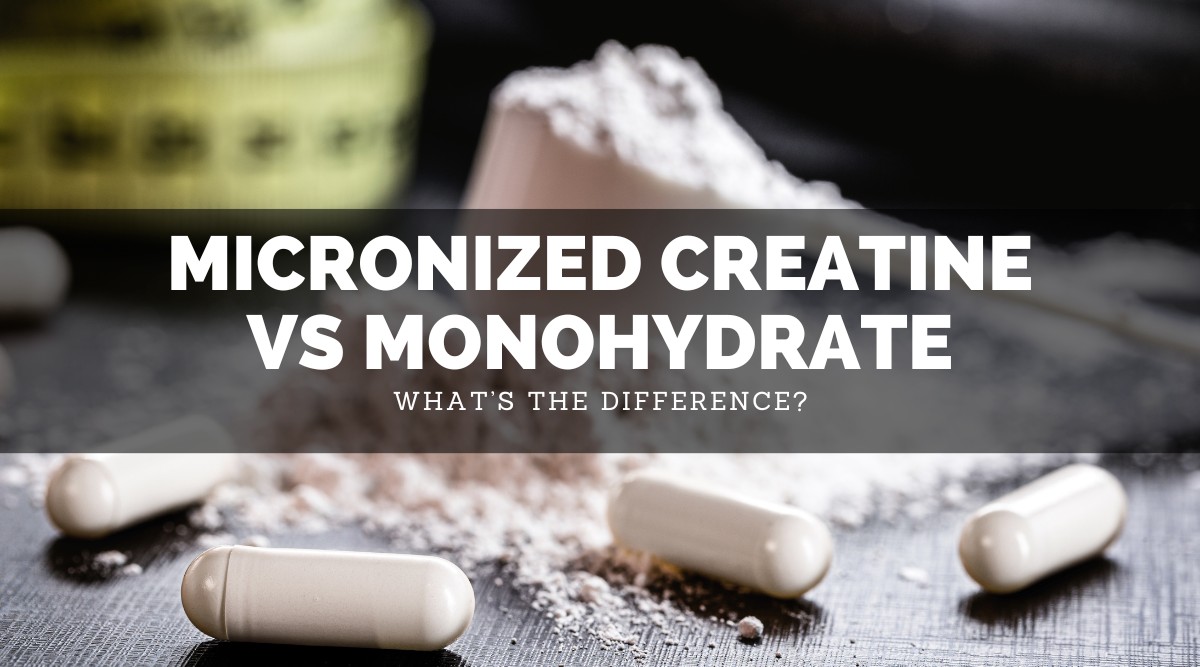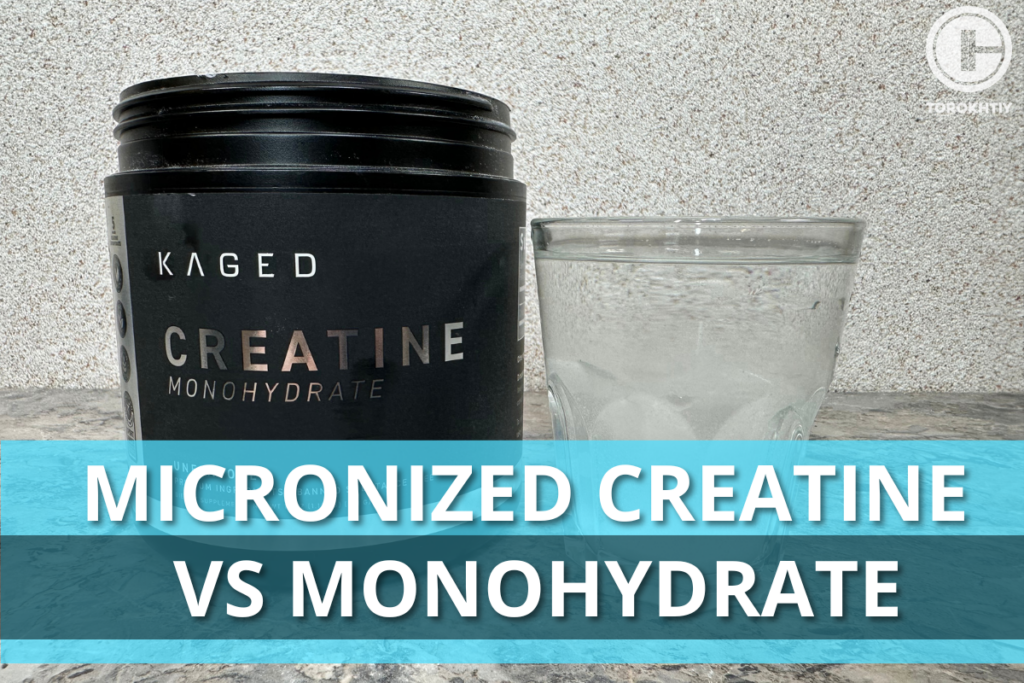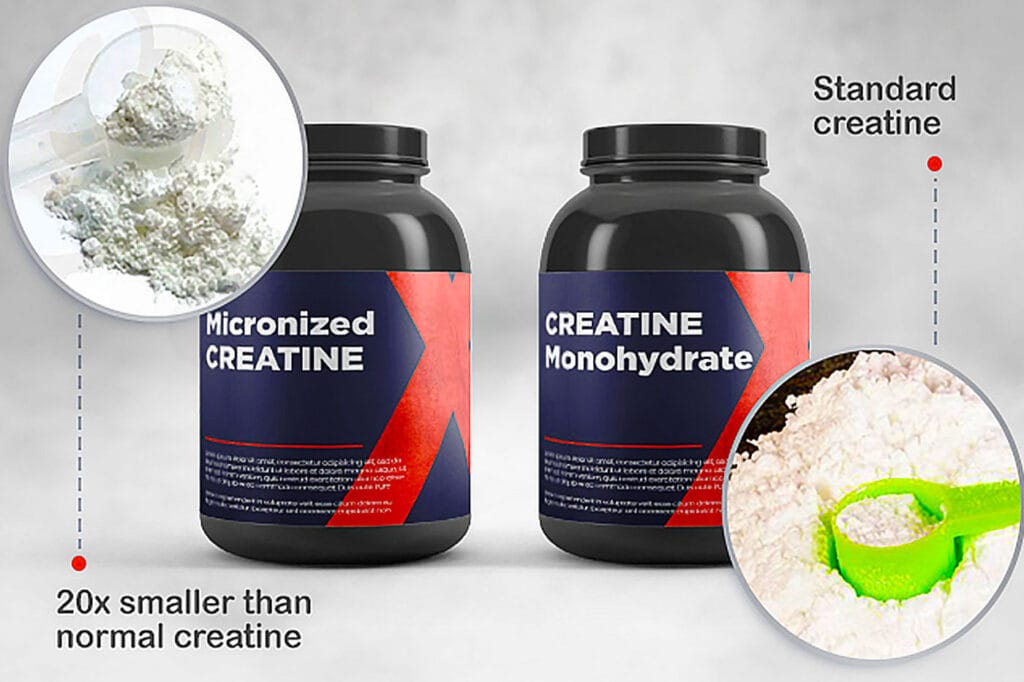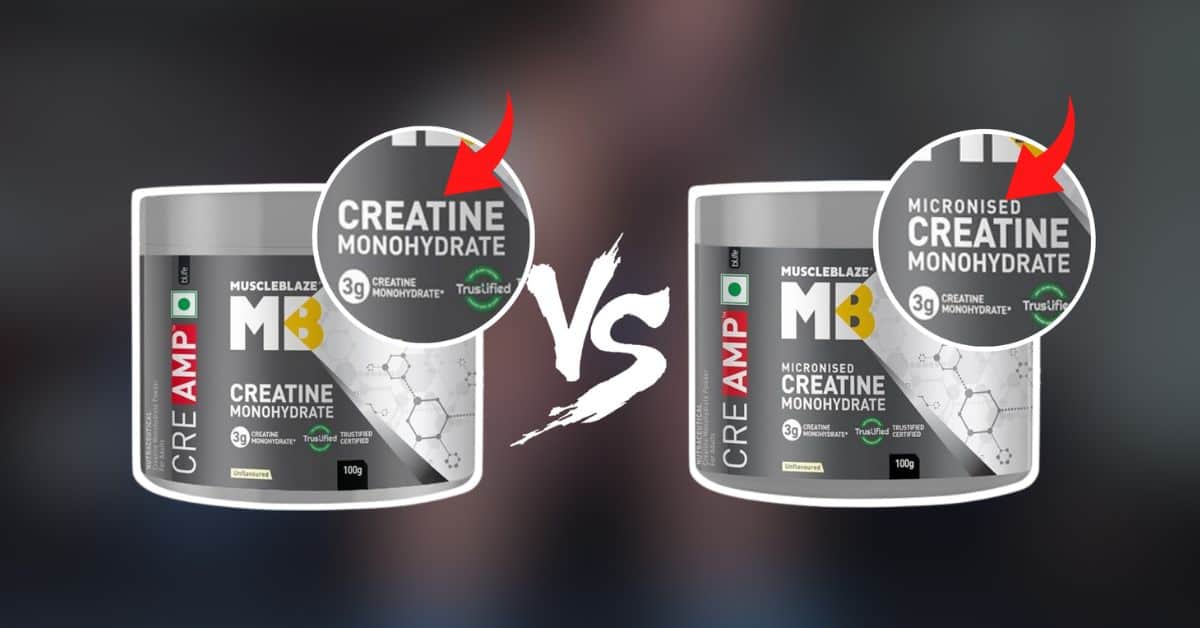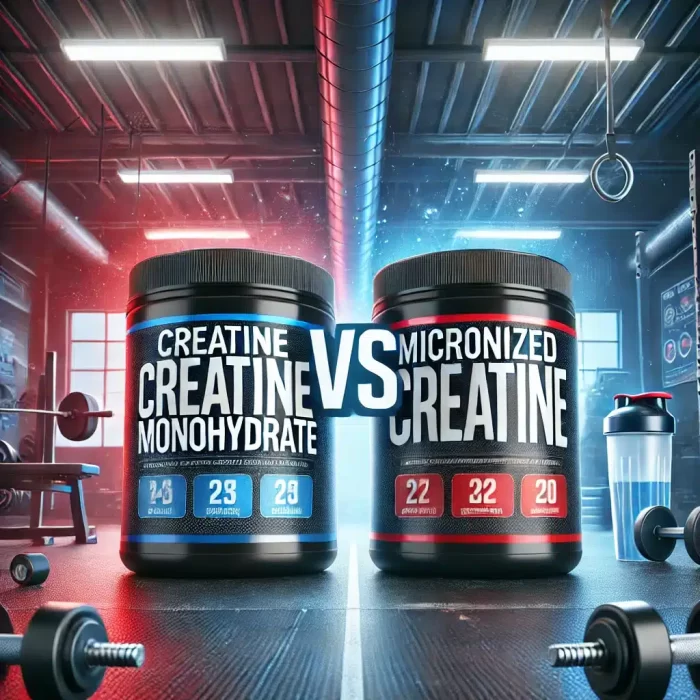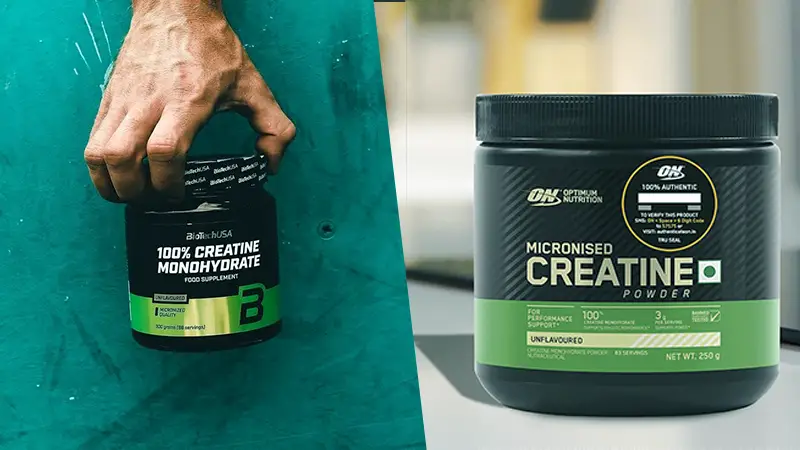Difference Between Creatine Monohydrate And Micronized

Creatine users face a critical choice: standard creatine monohydrate or its micronized counterpart. Understanding the nuances between these two is vital for maximizing gains and minimizing potential side effects.
This article breaks down the key differences, helping you make an informed decision. We'll explore absorption rates, solubility, and cost-effectiveness, directly addressing the concerns of athletes and fitness enthusiasts.
What is Creatine Monohydrate?
Creatine monohydrate is the most widely researched and commonly used form of creatine. It's a naturally occurring compound found in muscle cells. Creatine aids in energy production during high-intensity exercise.
It achieves this by increasing the availability of adenosine triphosphate (ATP), the primary energy currency of cells. Studies, like those published in the Journal of the International Society of Sports Nutrition, consistently validate its effectiveness for enhancing strength and power.
What is Micronized Creatine?
Micronized creatine is simply creatine monohydrate that has been processed to reduce the particle size. This process involves milling the creatine into a finer powder. Smaller particles offer potential benefits.
The goal of micronization is to improve solubility and absorption. This aims to reduce stomach discomfort and enhance the uptake of creatine into muscle tissue.
Key Differences: Absorption and Solubility
The primary difference lies in the particle size. Regular creatine monohydrate has larger particles compared to the finer powder of micronized creatine. This difference directly impacts solubility.
Micronized creatine dissolves more easily in water and other liquids. Some users experience less bloating or stomach upset because it is thought that better solubility leads to more complete absorption and faster assimilation.
Research indicates that while micronization may enhance absorption, the difference may not be substantial for all individuals. Some studies show similar muscle saturation levels regardless of the form used.
Digestion and Side Effects
Many users report that micronized creatine is gentler on the digestive system. The smaller particle size could reduce the likelihood of undissolved creatine sitting in the gut. This potentially minimizes bloating and discomfort.
However, side effects like dehydration are possible with both forms. It is important to stay hydrated when supplementing with either creatine monohydrate or micronized creatine.
Individuals with pre-existing kidney conditions should consult with a healthcare professional before taking creatine.
Cost Comparison
Generally, micronized creatine is more expensive than regular creatine monohydrate. The additional processing required to reduce particle size adds to the production cost.
If budget is a primary concern, standard creatine monohydrate is a highly effective and cost-efficient option. Both forms deliver the same benefits for muscle growth and strength gains, although micronized could be preferrable if you suffer from gut issues.
Effectiveness and Performance
Both creatine monohydrate and micronized creatine are effective for improving athletic performance. Studies have shown that both forms can increase muscle mass, strength, and power output.
The choice between the two often comes down to individual preference and tolerance. Users with sensitive stomachs may find micronized creatine more suitable.
Ultimately, the effectiveness depends on consistent use, proper dosage, and a well-rounded training and nutrition plan.
Dosage and Usage
The recommended dosage for both creatine monohydrate and micronized creatine is generally the same. A common approach involves a loading phase followed by a maintenance phase.
During the loading phase, users typically consume 20 grams per day for 5-7 days. The maintenance phase then involves 3-5 grams per day to maintain creatine levels.
It is best practice to mix creatine with water or juice and consume it around workout times for optimal results. Never exceed recommended dose without medical consultation.
Making the Right Choice: Who, What, Where, When, How?
Who: Athletes, bodybuilders, and fitness enthusiasts seeking to enhance strength and power.
What: Choosing between creatine monohydrate and micronized creatine for supplementation.
Where: Decisions made based on individual needs and preferences, considering cost, tolerance, and desired outcomes, generally done at home or gyms.
When: Deciding when to supplement, usually before or after workouts for optimal absorption.
How: Supplementing with either form requires adherence to recommended dosages and hydration guidelines to maximize effectiveness and minimize potential side effects.
The Bottom Line
Both creatine monohydrate and micronized creatine are effective supplements. Creatine monohydrate remains the gold standard due to its extensive research and affordability.
Micronized creatine offers potential benefits for those with sensitive stomachs. However, it may not provide a significant advantage in terms of overall performance.
Consider your individual needs and budget when making your decision. Consult with a healthcare professional or certified trainer for personalized recommendations.
